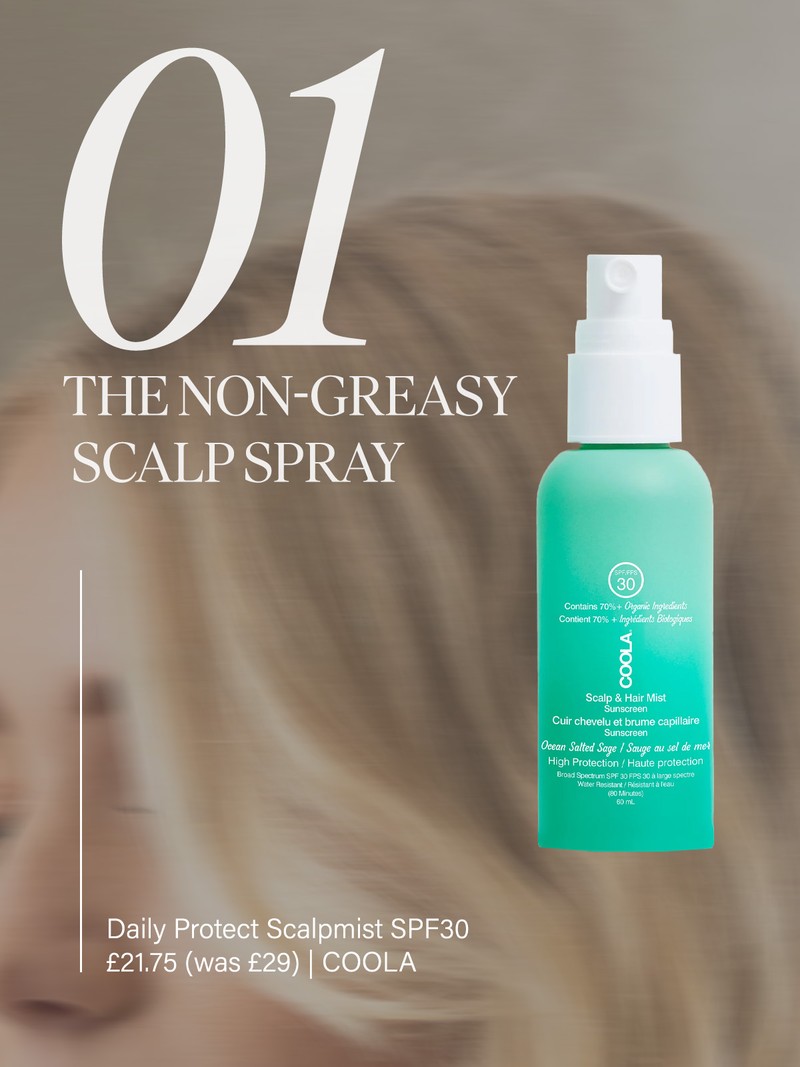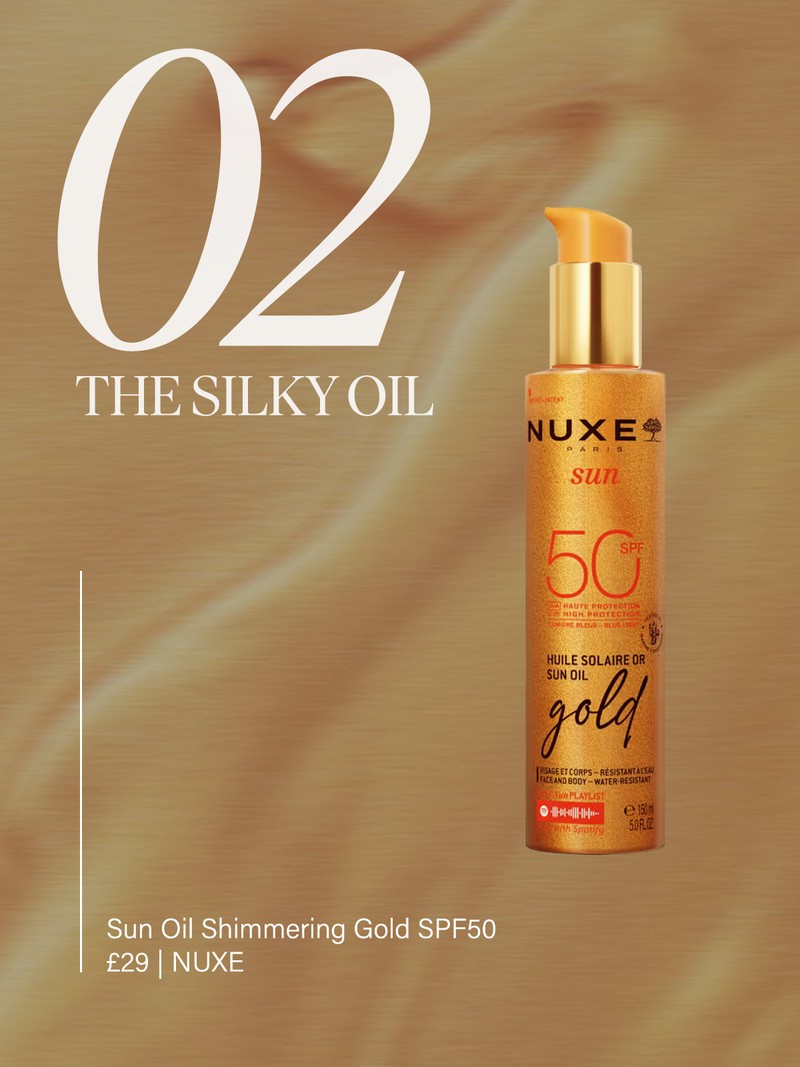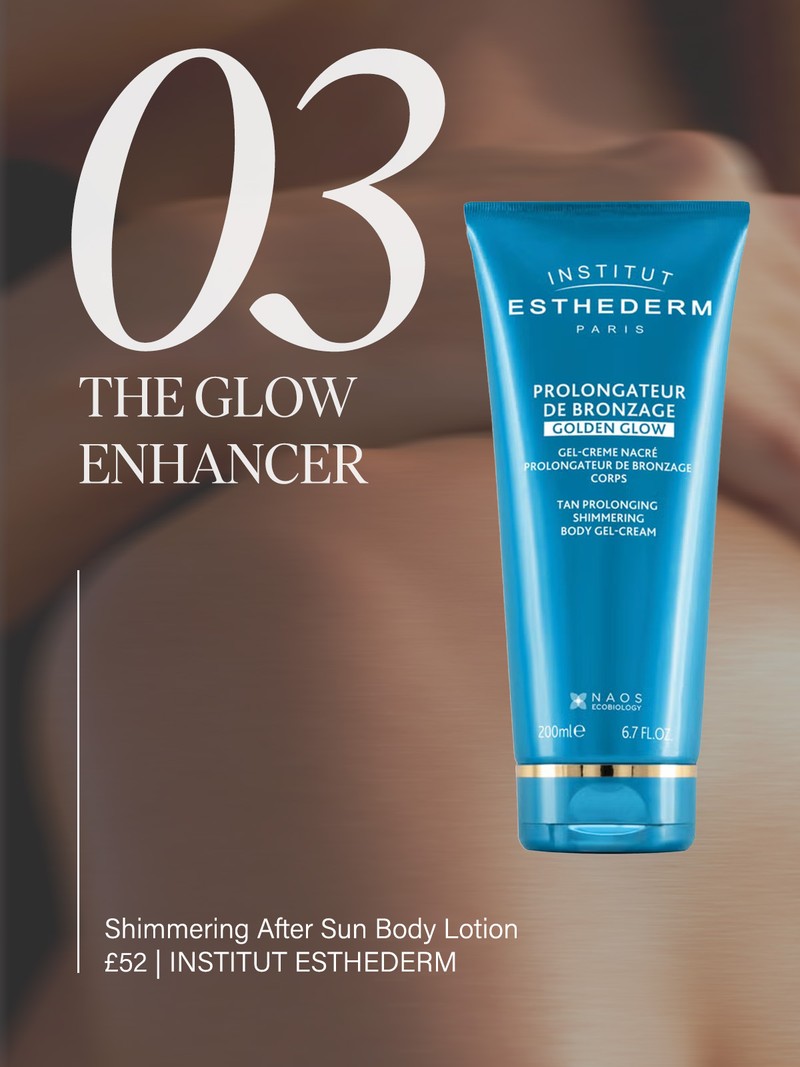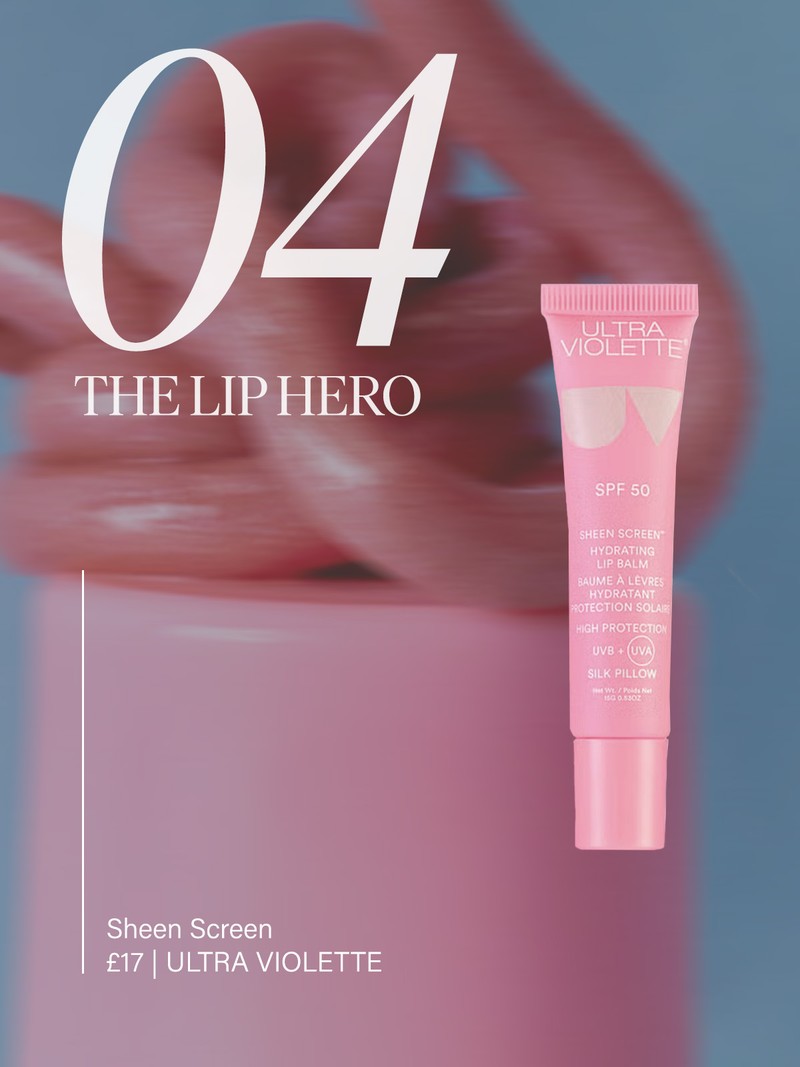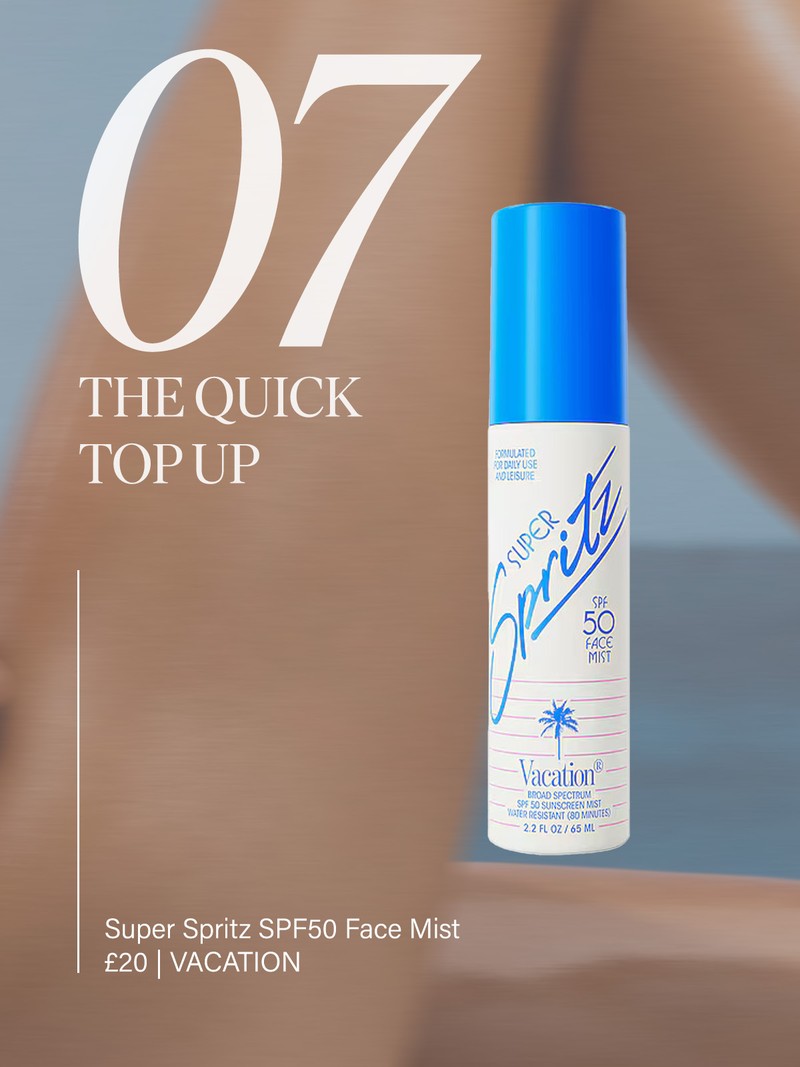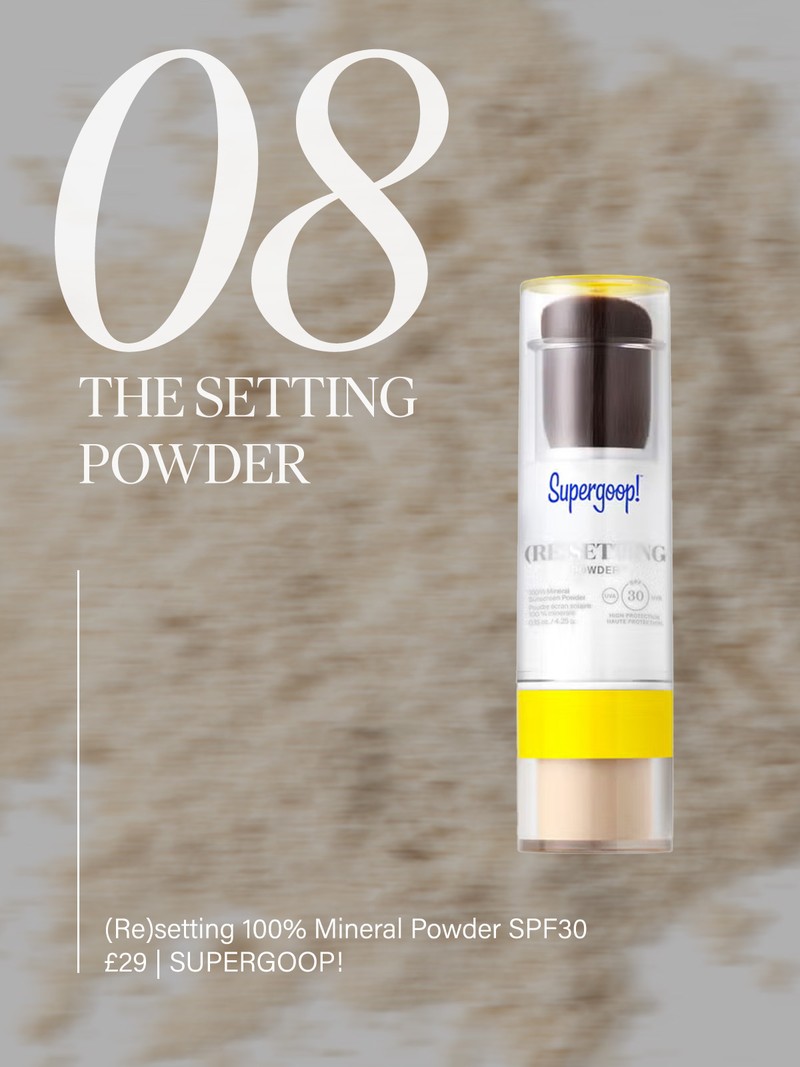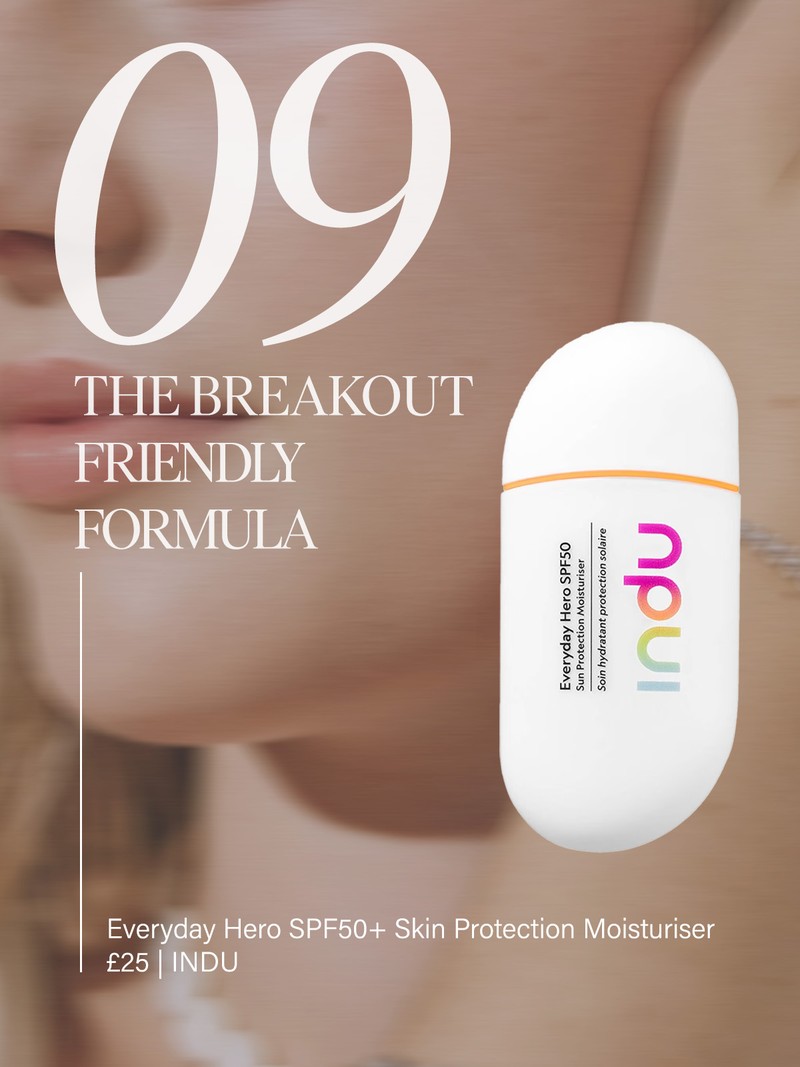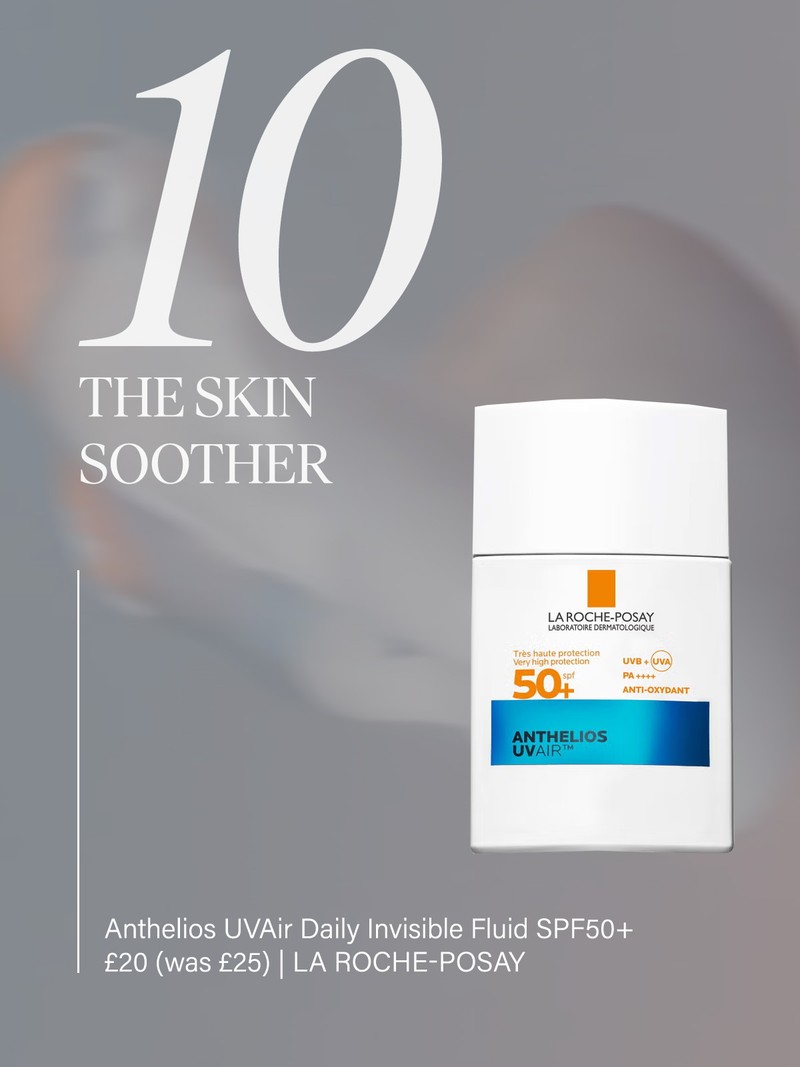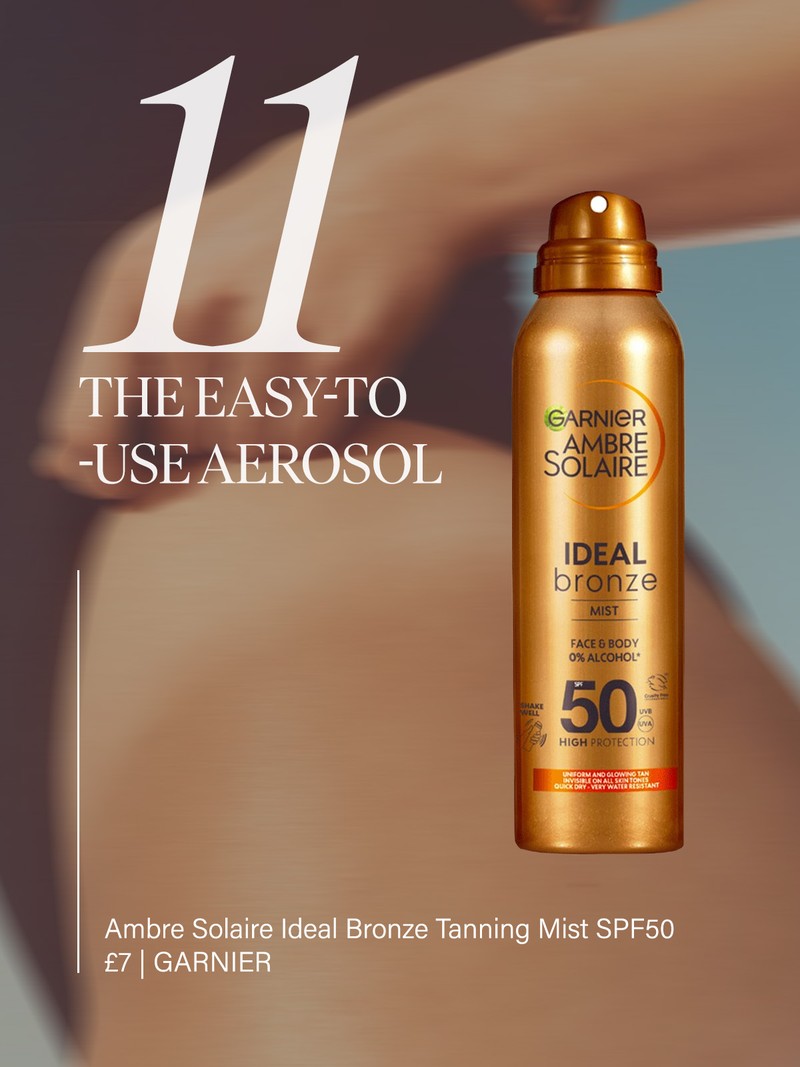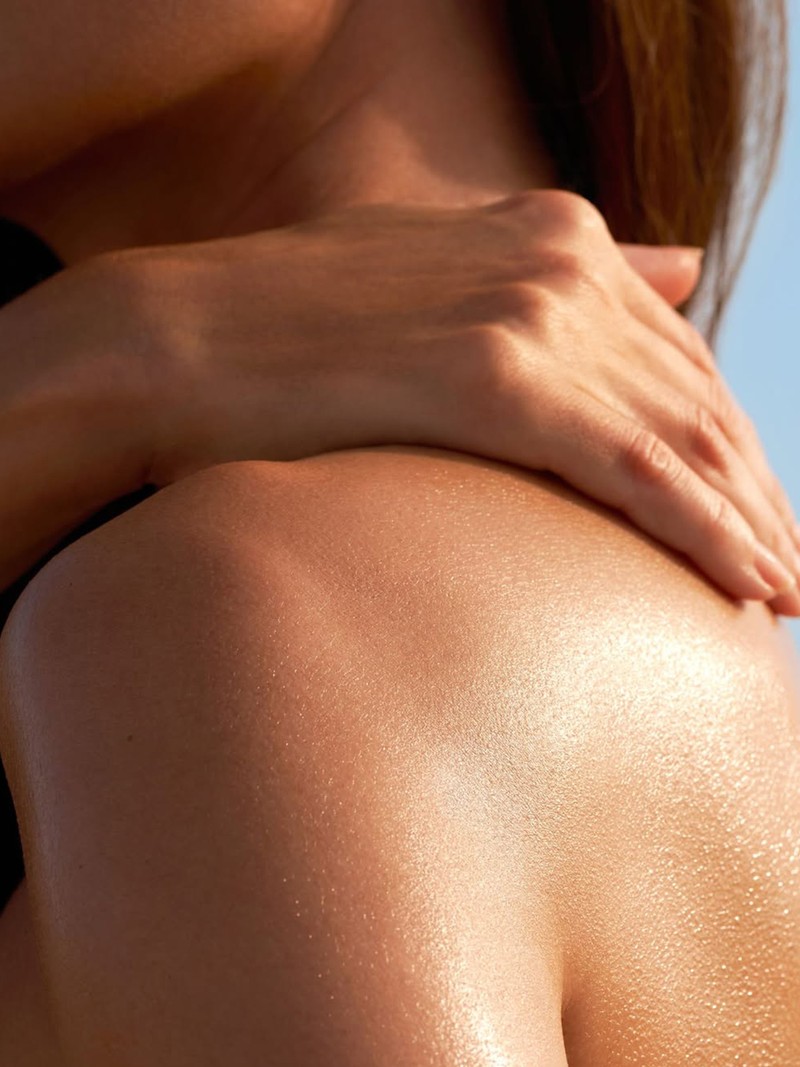
The Latest SPF Products Worth Knowing About
We all know how important it is to protect our skin from the sun but the damage UV rays can do to your hair and scalp is often overlooked. Thankfully, there are now products out there designed to keep this delicate area safe. Invisible and non-sticky, this scalp spray isn’t heavy or sticky. It also helps to prevent colour fade and the scent is also addictive.
Available at SPACENK.COM
This gives skin great glow without any colour. It has all the same benefits as the brand’s beloved Huile Prodigieuse but with tiny champagne-toned pearls that break over the skin, giving it an added glossiness. Plus, with SPF50 protection, it’s ideal for the summer months ahead, protecting against UVA/UVB and blue light. It’s full of skin-strengthening ingredients too, keeping it supple and smooth.
Available at LOOKFANTASTIC.COM
If you’re looking for a good after sun product this summer, make it this one from Institut Esthederm. It has a gel consistency that instantly cools sun-ravaged skin, while the soft shimmer give your body a sheen that looks natural and not OTT. Like all Institut Esthederm formulas, it contains Global Cellular Protection technology, which helps to optimise and prolong a natural tan. Keep it in the fridge to reap the extra refreshment.
Available at SPACENK.COM
Ultra Violette is a firm favourite among the SL team and its new lip balm is seriously impressive. With all the same protective benefits of its face and body products, this hero keeps lips soft and smooth thanks to deeply hydrating lanolin, shea butter and moisture-boosting cacao seed butter. Plus, it has a fresh peppermint scent and there are a few tints to choose from. Throw it in your beach bag for on-the-go top-ups.
Available at SPACENK.COM
Perfect for those who spend a lot of time outdoors, this sweat and waterproof formula stays in place for at least 80 minutes. Because it’s mineral-based, it’s also gentle and suitable for all skin types – even those who tackle issues like prickly heat. Fast-absorbing and lightweight, it’s works well on both the face and body. Plus, it’s made with caffeine, glycerin and fruit extracts, all of which nourish skin, giving it a hefty dose of hydration and typical SPF a run for its money.
Available at SPACENK.COM
Everyone needs a reliable sunblock to cover areas like the ears, nose and lips and we love this one from Dr. Jart+ – which is completely translucent and fragrance-free. Ingredients like hyaluronic acid seal in moisture, while the water-resistant formula doesn’t cause damage to ocean life. It’s also gentle enough to use up around your eyes too.
Available at SPACENK.COM
The Quick Top-Up
This fine, non-greasy mist is ideal for using throughout the day – or whenever you want to top up your protection. It can be worn under or over make-up but if you opt for the latter, you’ll find it doesn’t disturb it or cause any pilling. Free from the usual irritants – like oxybenzone, parabens and mineral oil – it works for all skin types and protects against all forms of UV, including blue light emitted from digital devices.
Available at REVOLVE.COM
A favourite among industry insiders, this promises to get rid of unwanted shine, set make-up in place and protect skin all at the same time. Non-nano particles create an invisible shield of protection, blocking out UV rays and minimising skin damage. As with all these powders, it works best when used as a top-up – use several taps and apply it all over in several layers to get the most out of it. With zero tint or colour, you’ll find this never settles into fine lines, nor does it feel drying or tight. A great summer staple – especially if your skincare and make-up is prone to slipping.
Available at SPACENK.COM
If you or someone you know struggles to find an SPF that doesn’t exacerbate breakouts, try this one from Indu, which was created for teens but can be used by all. Non-comedogenic, it doesn’t clog up your pores, while amino acids and red algae extracts keep inflammation at bay and regulate oil production. There are peptides in there too, which strengthen skin on every use but it’s the feather light texture we love best. Never interfering with other products or make-up, it acts as the perfect base for other formulas to adhere to.
Available at SEPHORA.CO.UK
This is the latest SPF offering from La Roche-Posay and it doesn’t disappoint. Created to be even thinner than before so it mixes well with make-up, this new formula not only feels comfortable on skin but it also disappears within seconds and mattifies, meaning anything you apply on top glides over it with ease. It’s also proven to control excess oiliness, while the gentle ingredients don’t irritate or sting the skin and eyes. Hyaluronic acid and niacinamide also deliver extra moisture.
Available at LOOKFANTASTIC.COM
The Easy-To-Use Aerosol
Protecting skin and boosting its glow simultaneously, this mist from Garnier has earned rave reviews for a reason. It dries down transparent but over time gives limbs a very soft, healthy luminosity, all with factor 50 protection. We love the aerosol can, which makes application a doddle. Suitable for all skin tones and types, it’s gentle, water-resistant and non-sticky – in short, it ticks all the boxes and it’s just £7.
Available at BOOTS.COM
DISCLAIMER: We endeavour to always credit the correct original source of every image we use. If you think a credit may be incorrect, please contact us at info@sheerluxe.com.
